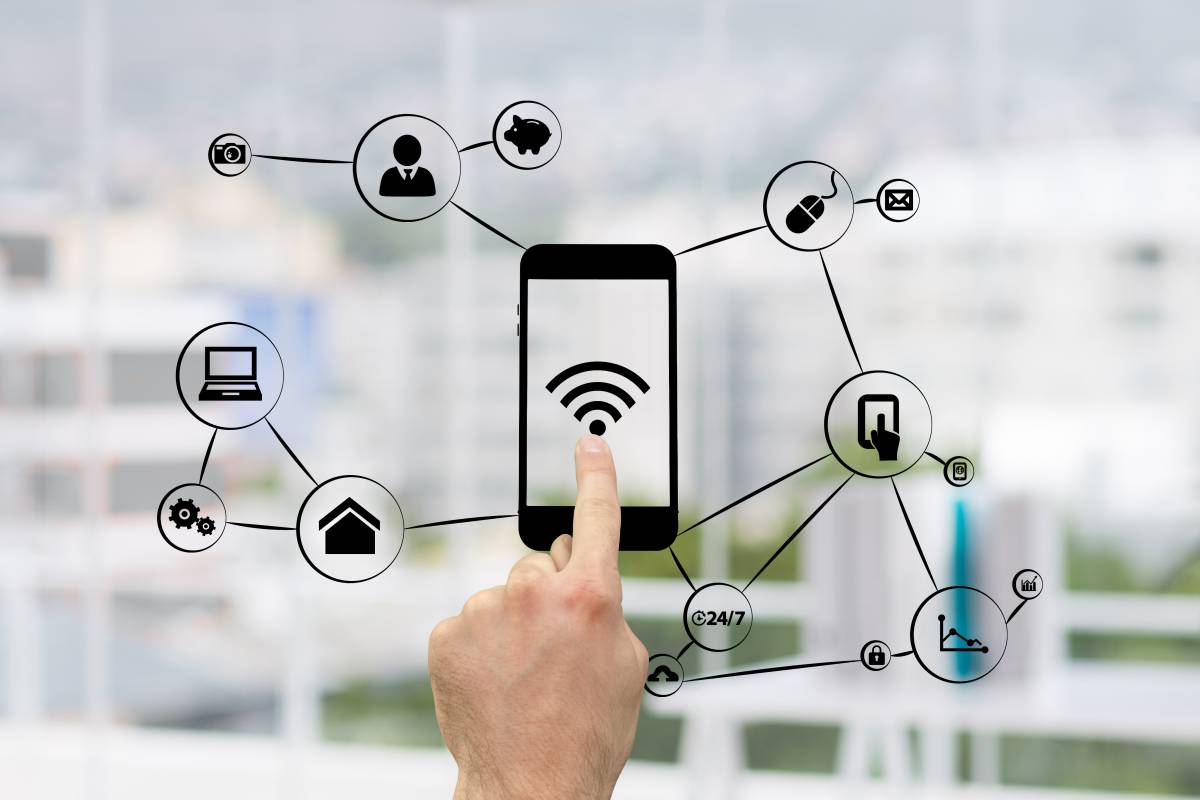The world is moving fast towards content over the internet on the go. This is what is boosting the growth of the over-the-top (OTT) sector in India as well. India is a country with very affordable data rates and the telecom operators have worked hard to ensure that their networks reach most parts of the country. As the technology evolves, the Direct-to-Mobile (DTM) model of consuming content would become quite common in the coming years. This would definitely affect the current cable TV as well as the Direct-to-Home (DTH) operators majorly. Apurva Chandra, Ministry of Information and Broadcasting (MIB) Secretary said that consumption of broadband and utilisation of spectrum in India would improve the convergence between DTM and 5G networks.
5G Rollout to Ensure High-Quality Content Visuals
If bandwidth has been an issue for you until now for watching anything in great quality over the internet, well, 5G would change that for you. Chandra was speaking at the ‘Direct-to-Mobile and 5G Broadband – Convergence Roadmap for India’ conclave at IIT Kanpur. He said that the arrival of 5G and DTM would entail some infrastructure changes besides regulation. According to an Exchange4Media report, Chandra said that once DTM technology and 5G are formally launched, they would disrupt the current/traditional distribution platforms. He was talking about the DTH and the cable TV business. DTM would ensure that users won’t have to rely on a mediator company or a distribution platform for consuming content from the broadcasters. This might mean a reduced cost for watching content over the long run. Even the broadcasters will be able to benefit from this as they will gain access to a completely new set of users and be able to get more behavioural data from the consumers. Chandra said that with the arrival of DTM, even the viewing habits of the users in India will change completely and news consumption will grow manifold in the country.
